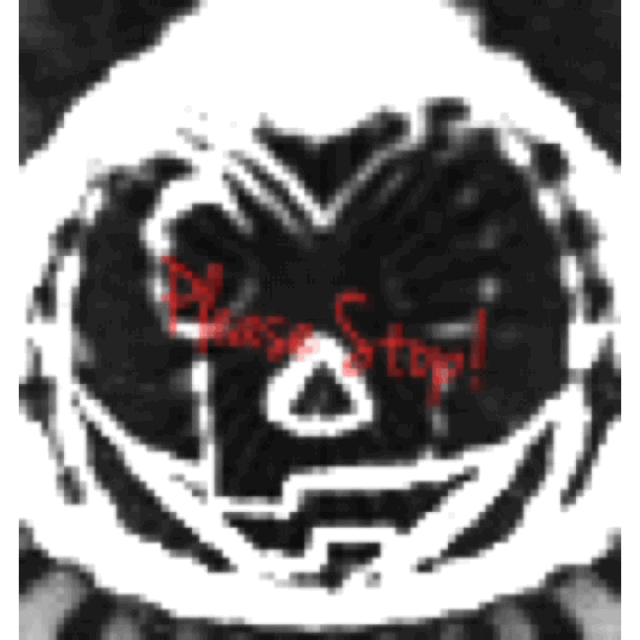Mesoscale And Nanoscale Physics
Transport of hot carriers in plasmonic nanostructures (1707.07060v2)
Adam S. Jermyn, Giulia Tagliabue, Harry A. Atwater, William A. Goddard III, Prineha Narang, Ravishankar Sundararaman
2017-07-21
Plasmonic hot carrier devices extract excited carriers from metal nanostructures before equilibration, and have the potential to surpass semiconductor light absorbers. However their efficiencies have so far remained well below theoretical limits, which necessitates quantitative prediction of carrier transport and energy loss in plasmonic structures to identify and overcome bottlenecks in carrier harvesting. Here, we present a theoretical and computational framework, Non-Equilibrium Scattering in Space and Energy (NESSE), to predict the spatial evolution of carrier energy distributions that combines the best features of phase-space (Boltzmann) and particle-based (Monte Carlo) methods. Within the NESSE framework, we bridge first-principles electronic structure predictions of plasmon decay and carrier collision integrals at the atomic scale, with electromagnetic field simulations at the nano- to mesoscale. Finally, we apply NESSE to predict spatially-resolved energy distributions of photo-excited carriers that impact the surface of experimentally realizable plasmonic nanostructures at length scales ranging from tens to several hundreds of nanometers, enabling first-principles design of hot carrier devices.
Electron optics in phosphorene pn junctions: Negative reflection and anti super-Klein tunneling (1906.08250v1)
Y. Betancur-Ocampo, F. Leyvraz, T. Stegmann
2019-06-19
Ballistic electrons in phosphorene
junctions show optical-like phenomena. Phosphorene is modeled by a tight-binding Hamiltonian that describes its electronic structure at low energies, where the electrons behave in the zigzag direction as massive Dirac fermions and in the orthogonal armchair direction as Schr"odinger electrons. Applying the continuum approximation, we derive the electron optics laws in phosphorene
junctions, which show very particular and unusual properties. Due to the anisotropy of the electronic structure, these laws depend strongly on the orientation of the junction with respect to the sublattice. Negative and anomalous reflection are observed for tilted junctions, while the typical specular reflection is found only, if the junction is parallel to the zigzag or armchair edges. Moreover, omni-directional total reflection, called anti-super Klein tunneling, is observed if the junction is parallel to the armchair edge. Applying the nonequilibrium Green's function method on the tight-binding model, we calculate numerically the current flow. The good agreement of both approaches confirms the atypical transport properties, which can be used in nano-devices to collimate and filter the electron flow, or to switch its direction.
Generic quantized zero-bias conductance peaks in superconductor-semiconductor hybrid structures (1906.08193v1)
Haining Pan, William S. Cole, Jay D. Sau, S. Das Sarma
2019-06-19
We show theoretically that quantized zero-bias conductance peaks should be ubiquitous in superconductor-semiconductor hybrids by employing a zero-dimensional random matrix model with continuous tuning parameters. We demonstrate that NS junction conductance spectra can be generically obtained in this model replicating all features seen in recent experimental results. The theoretical quantized conductance peaks, which explicitly do not arise from spatially isolated Majorana zero modes, are easily found by preparing a contour plot of conductance over several independent tuning parameters, mimicking the effect of Zeeman splitting and voltages on gates near the junction. This suggests that even stable, apparently quantized, conductance peaks need not correspond to isolated Majorana modes; rather the
expectation should be that such quantized peaks generically occupy a significant fraction of the high-dimensional tuning parameter space that characterize the NS tunneling experiments.
Parton construction of particle-hole-conjugate Read-Rezayi parafermion fractional quantum Hall states and beyond (1902.04173v2)
Ajit C. Balram, Maissam Barkeshli, Mark S. Rudner
2019-02-11
The Read-Rezayi (RR) parafermion states form a series of exotic non-Abelian fractional quantum Hall (FQH) states at filling
. Computationally, the wave functions of these states are prohibitively expensive to generate for large systems. We introduce a series of parton states, denoted "
," and show that they lie in the same universality classes as the particle-hole-conjugate RR ("anti-RR") states. Our analytical results imply that a
coset conformal field theory describes the edge excitations of the
state, suggesting non-trivial dualities with respect to previously known descriptions. The parton construction allows wave functions in anti-RR phases to be generated for hundreds of particles. We further propose the parton sequence "
," with
, to describe the FQH states observed at
and
.
Phase-space modelling of solid-state plasmas (1906.08165v1)
Giovanni Manfredi, Paul-Antoine Hervieux, Jérôme Hurst
2019-06-19
Conduction electrons in metallic nano-objects (
) behave as mobile negative charges confined by a fixed positively-charged background, the atomic ions. In many respects, this electron gas displays typical plasma properties such as screening and Langmuir waves, with more or less pronounced quantum features depending on the size of the object. To study these dynamical effects, the mathematical artillery of condensed-matter theorists mainly relies on wave function
based methods, such as the celebrated Hartree-Fock equations. The theoretical plasma physicist, in contrast, lives and breaths in the six-dimensional phase space, where the electron gas is fully described by a probability distribution function
that evolves according to an appropriate kinetic equation. Here, we illustrate the power and flexibility of the phase-space approach to describe the electron dynamics in small nano-objects. Starting from classical and semiclassical scenarios, we progressively add further features that are relevant to solid-state plasmas: quantum, spin, and relativistic effects, as well as collisions and dissipation. As examples of applications, we study the spin-induced modifications to the linear response of a homogeneous electron gas and the nonlinear dynamics of the electrons confined in a thin metal films of nanometric dimensions.

Don't forget to Follow and Resteem. @arxivsanity
Keeping everyone inform.
flagged for spam @steemflagrewards
Steem Flag Rewards mention comment has been approved! Thank you for reporting this abuse, @mathowl.
You are repetitively posting the same content or recyling contents after a period of time.
This post was submitted via our Discord Community channel. Check us out on the following link!
SFR Discord
Follow on flag for spam @steemflagrewards.